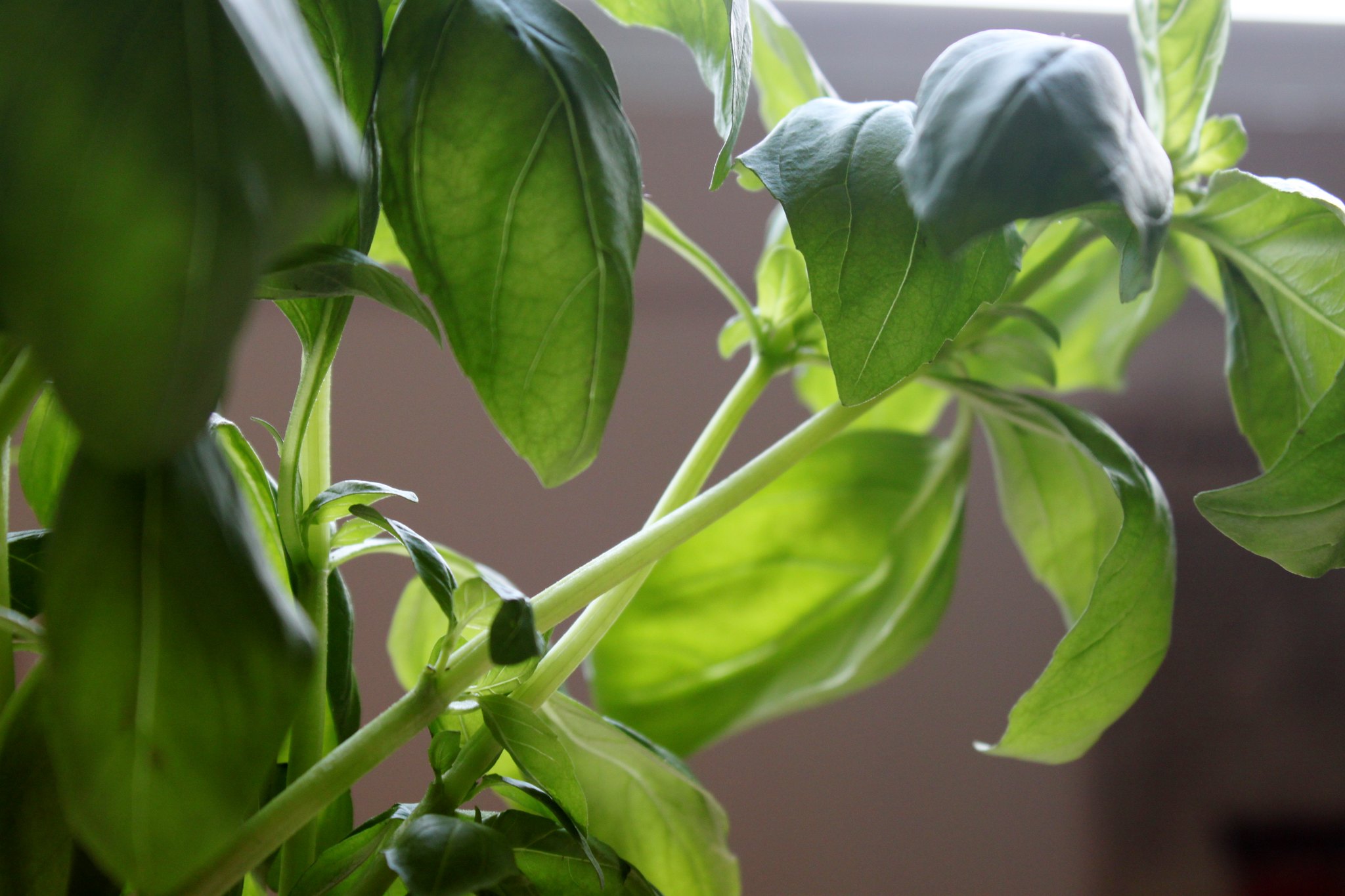Basil Plant: A College Cook's Essential

Basil originates in India, however is used widely in cuisines around the globe. Claimed to be "one of the healthiest foods in the world," basil is anti-inflammatory, anti-bacterial, and among other vitamins and minerals, contains pro-vitamin A (Beta-Carotene), giving it anti-oxidant properties. To keep your little pot of green up and running, house it near a window (for adequate sunshine) and quench its thirst with water every two to three days until the soil is no longer dry. Additionally, basil is a flowering plant, so naturally it puts all of its energy into budding flowers. When you see a bud, you need to cut it off, leaving only leaves, which allows the leaves to grow without getting suffocated.
When you compare buying a basil plant versus a package of dried basil, the obvious answer is the plant. At Wegmans, the Mecca of all grocery stores, a basil plant is merely $2.99, which is within a few cents of dried basil, if not cheaper, depending on where you go. What's even better about the plant is that you only have to buy it one time (granted you take care of it), and it will continually provide you with fresh basil. Plus it smells so fresh near your window!
Once you have your functioning plant, you can add it to a variety of recipes to boost their flavor and health benefits. Here are some ideas:
1. Lemon Basil Water: Combine 1 jug of water with a few slices of lemon and 3-4 basil leaves and you'll have the freshest tasting water on the block.
2. There's nothing better than fresh pesto - this is one of my favorite recipes.
3. Add it to this caprese salad to make it more caprese-y!
View the original post, Basil Plant: A College Cook's Essential, on Spoon University.


